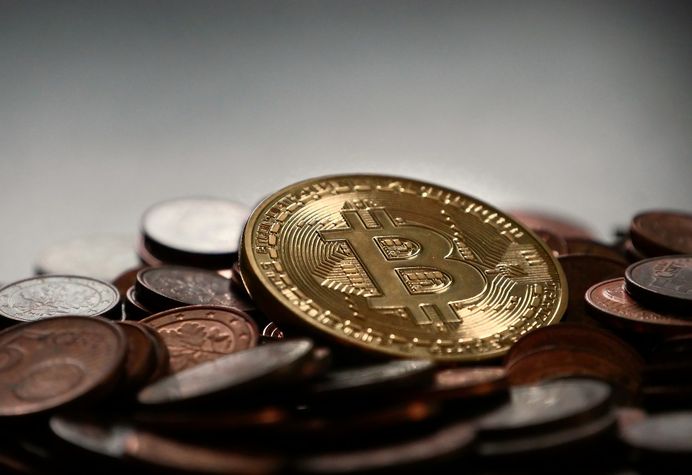As a measure in the face of the increasingly urgent need to increase the scalability of the Ethereum platform, Vitalik Buterin announced the creation of two subsidy programs to train independent teams to join the research and development projects for solutions to this problem. to various blockchain projects.
Buterin explained in an official publication that the programs are specifically aimed at the development of scalability proposals in the base layer of the sharding or fragmentation type blockchain (fewer nodes to verify transactions) and second layer solutions, considering that both can be complementary each.
The young founder of Ethereum added that the Foundation will grant from $ 50,000 to $ 1,000,000 (and even pointed out the possibility that it could be more than that) to the community groups that participate (both in the testing network and in the network). the main network) in the development of protocols to increase the scalability of Ethereum. Developers, companies, university groups and academics are called to participate.
Buterin indicated that the amount of subsidies will vary depending on the quality of the equipment, the scope of the proposal presented and the progress of the project. The possibility arose that extremely successful projects receive more than a million dollars. The money will be granted to cover part of the expenses associated with the proposals, but not as a form of profit, being the highest bonus to be able to work together with the main Ethereum researchers in the creation of version 2.0.
He explained that sharding is a kind of scalability solution to be applied in the base layer of the blockchain platform, where a smaller number of nodes are required to verify transactions . This type of solutions is based on the fact that if each node stores and processes all transactions this can limit the scalability and raise the possibility that the operations are verified by a small group of nodes, enough to guarantee security and at the same time time only a few so that more transactions can be processed in parallel .
With regard to the second layer strategies, such as Raiden, Plasma and state channels , with which transactions can be sent outside the blockchain, Buterin explained that they will give the opportunity to present new proposals and that they will have priority with those projects that another way they could not be financially supported, that they are also totally open source and generate a common good for the ecosystem.





